Israel’s Beresheet spacecraft (Hebrew for “Genesis”) may have crash-landed on the moon this April, but its innovative design and tech will serve as the basis for future lunar missions launched by Texas aerospace company Firefly Aerospace.
Firefly is set to build upon the Beresheet endeavor and create a new lunar lander based on the Israeli spacecraft’s blueprints as part of a NASA program to deliver science payloads to the surface of the moon. Firefly was one of nine companies selected by NASA to participate in the Commercial Lunar Payload Services (CLPS).
NASA says the program is “one of the first steps toward long-term scientific study and human exploration of the Moon and eventually Mars.”
Beresheet was initially conceived in 2011 as part of a dream by three young engineers – Yariv Bash, Kfir Damari and Yonatan Winetraub – to take part in the Google Lunar X Prize competition, an international contest that challenged the world’s engineers to create and send the first private lander to the moon. The three founded SpaceIL, a non-profit organization, which partnered with Israel’s Aerospace Industries (IAI) to design and build the spacecraft. And although the contest ended on March 31, 2018 and the $20 million prize went unclaimed, SpaceIL decided to push forth and launch a lander that came to be known as Beresheet.
SEE ALSO:Inside Israel’s Beresheet Spacecraft – A Great Technological Achievement
This week, IAI announced that it signed an Intellectual Property and Engineering Support agreement with Firefly for technology based on its Beresheet lunar lander.
Firefly CEO Dr. Tom Markusic said the company was excited to partner with IAI in architecting a complete lunar science mission for NASA’s CLPS initiative.”
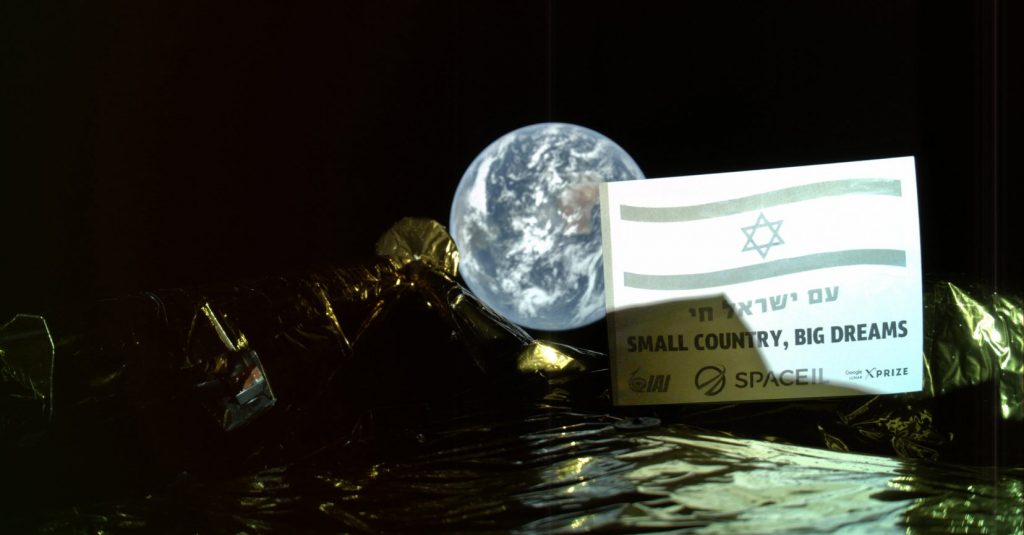
“IAI’s culture of engineering innovation and bold vision make our partnership a perfect solution for America as the nation realizes its return to the moon,” said Dr. Tom Markusic. “Having access to flight-proven lunar lander technology and the expertise of IAI engineers makes Firefly well placed to gain a foothold in the cislunar market.”
Beresheet was launched successfully on February 22, riding piggyback on a SpaceX Falcon 9 rocket. It orbited the Earth and then the moon, traveling 6.5 million km before attempting its doomed landing. Initial data suggested that at just mere meters from the lunar surface, a technical glitch triggered a chain of events that caused the main engine of the spacecraft to malfunction, making it impossible to stop Beresheet’s velocity. Beresheet overcame the issue by restarting the engine, but it was too late and the spacecraft crashed into the moon.
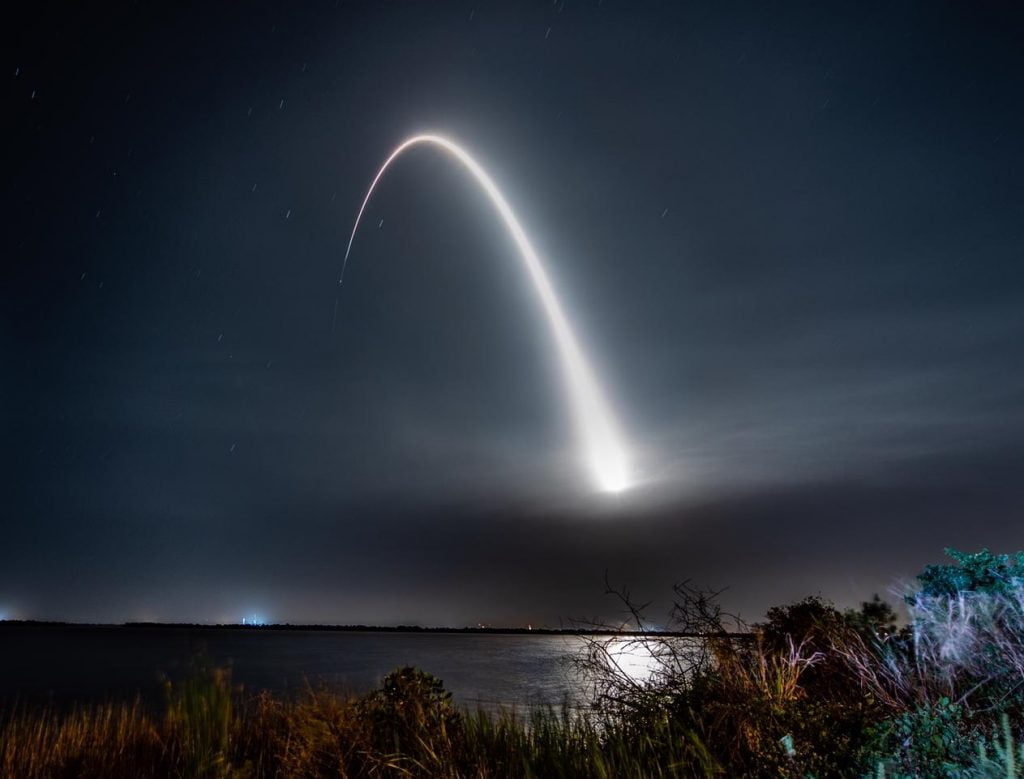
SEE ALSO: Chutzpah, Dreams And Ingenuity Behind Israel’s First Moonshot
The mission dashed Israel’s hopes of becoming the fourth country in the world (after Russia, China, and the US) to complete a controlled moon landing, but it still broke ground on lunar initiatives. It was a largely privately-funded moon mission, operating on a relatively modest budget (for a space mission) of approximately $100 million. Beresheet was also the smallest spacecraft ever built and traveling the largest distance to the moon.
After the crash, SpaceIL and its main backer and president, Israeli-South African philanthropist Morris Khan, vowed to launch a second spacecraft on a moon mission but scrapped the plan late last month to focus on “another, significant objective.” The details are not yet known.
Sign up for our free weekly newsletter
Subscribe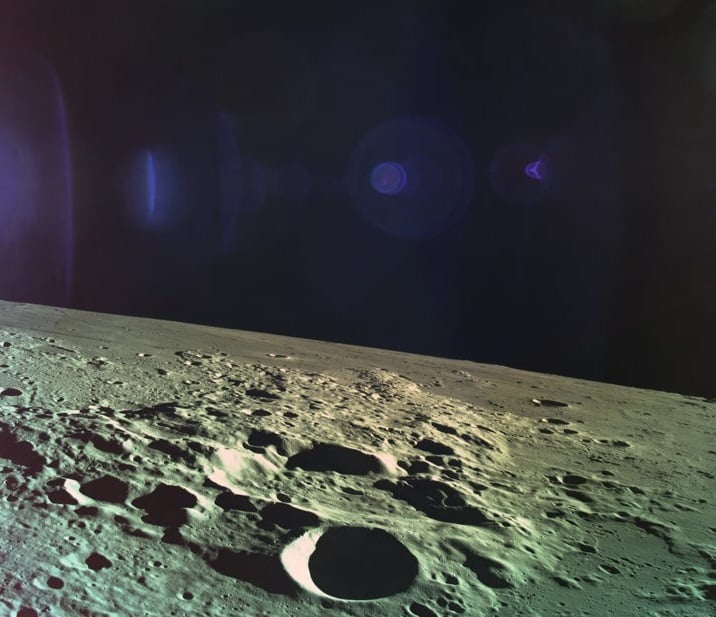
SpaceIL said last month that, “Beresheet’s journey to the moon, despite its difficult landing, is etched into our consciousness in Israel and the world as successful, ground-breaking and significant to the nature of future mission by humans to the moon.”
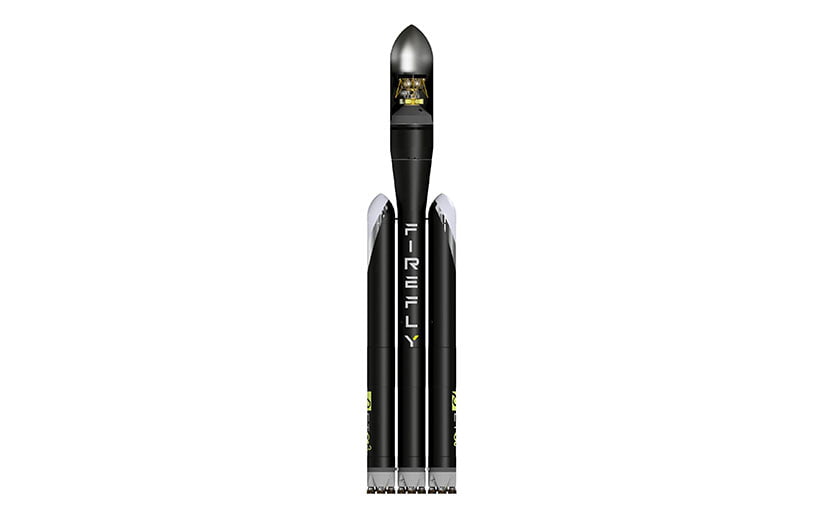
Boaz Levi, Executive VP and General Manager of Systems at IAI’s Missiles & Space Group said in a statement that the Beresheet experience “puts IAI at the forefront of lunar lander technology and enables us to undertake additional lunar missions with proven technology and significant engineering experience and knowhow.”
He said IAI was proud of the new partnership with Firefly Aerospace and its ability to “offer NASA our experience in rapid and affordable lunar missions, including all lessons learned from the Beresheet endeavor,” he added.
Shea Ferring, Firefly VP of Mission Assurance, said, “NASA and the US will greatly benefit from IAI’s next-generation lander design, leveraging extensive Beresheet lander design and flight operations experience.”
Ferring indicated that Firefly’s spacecraft would be dubbed “Genesis” after Beresheet and would deliver “a low-cost integrated solution for reliable lunar surface missions.”
Crash site
Last month, NASA released a photo of the crash site of Israel’s Beresheet lunar lander. The photo was taken by the Lunar Reconnaissance Orbiter Camera (LROC) 11 days after the spacecraft crashed into the moon’s surface. NASA partnered with SpaceIL on key aspects of the mission.
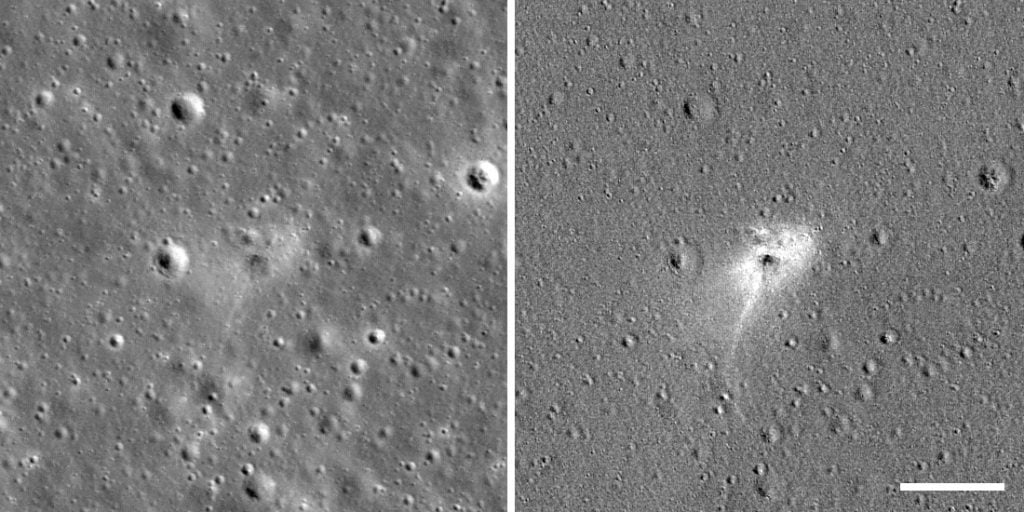
National Geographic recently added Beresheet to its moon map exploring 50 years of lunar visits. Its first such map was created in 1969 as the Apollo 11 mission closed in on its goal.
The new version of the map “uses a mosaic of some 15,000 images and detailed height measurements from NASA’s Lunar Reconnaissance Orbiter, which has surveyed the entire surface,” National Geographic wrote.
“The moon is peppered with probes and landers, the legacy of human efforts to explore it,” it said.

Related posts

Editors’ & Readers’ Choice: 10 Favorite NoCamels Articles

Forward Facing: What Does The Future Hold For Israeli High-Tech?

Impact Innovation: Israeli Startups That Could Shape Our Future




Facebook comments